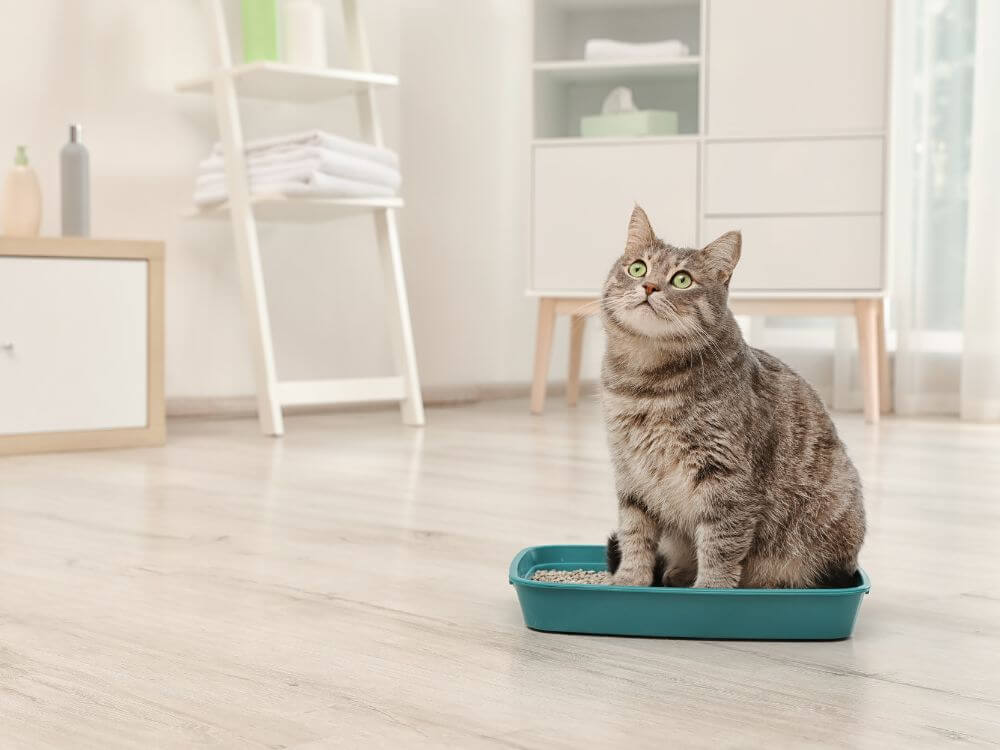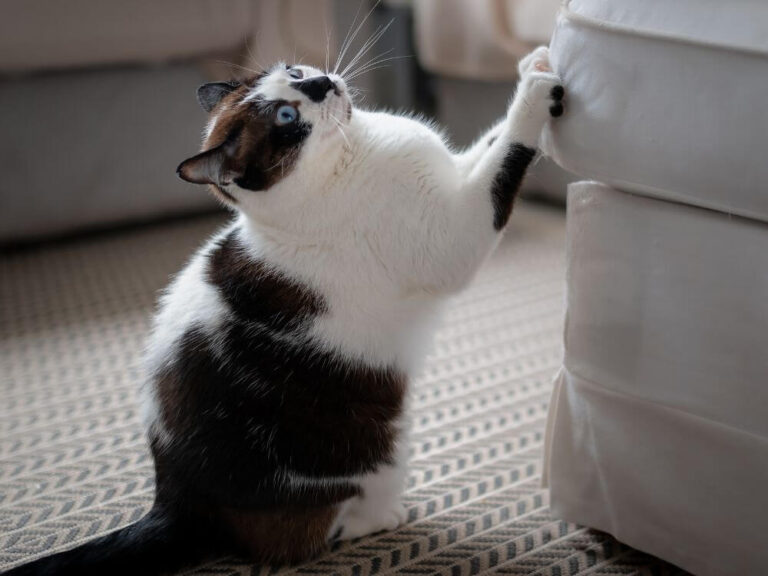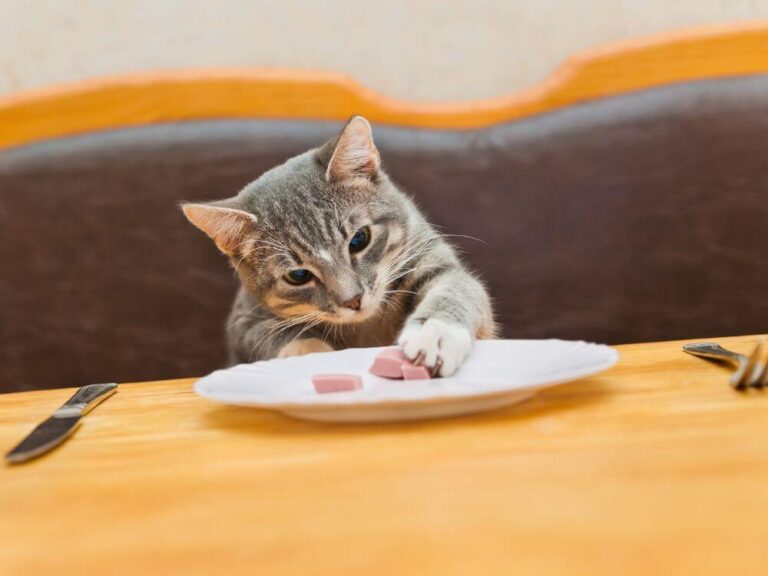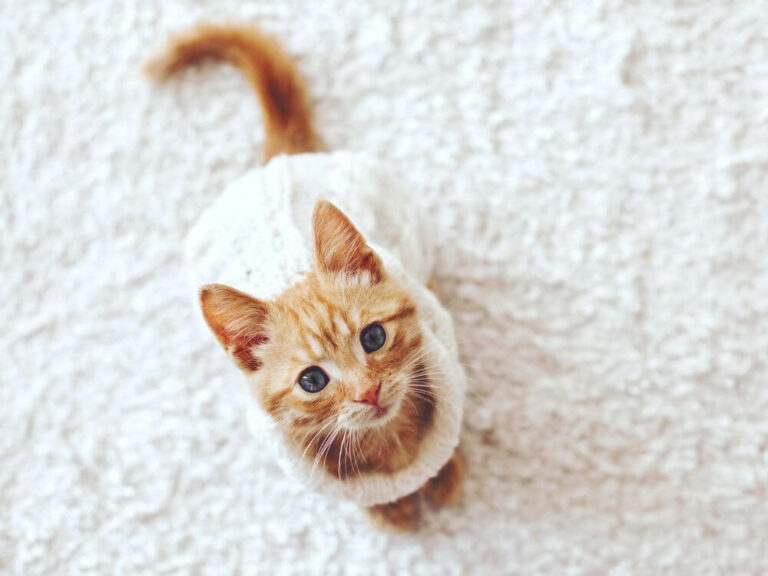Tips and Tricks for Teaching Cats to Use Litter Tray

Training your cat to use a litter tray is an essential aspect of responsible pet care. It ensures a clean environment for both you and your feline friend while maintaining the hygiene of your home. Though cats are naturally inclined to bury their waste, a little guidance can make the process smoother. This article provides valuable tips and strategies to help you teach your cat to use the litter tray with ease.
Understanding the Cat’s Instinct
Cats have an instinct to bury their waste. In the wild, this behavior helps them avoid detection by predators. Your pet cat, though domesticated, still retains this natural inclination. Understanding this can help you work with your cat rather than against its nature when teaching litter tray habits.
Choosing the Right Litter Tray
Selecting the right litter tray is crucial. Cats can be quite particular about their toileting preferences. Here’s what to consider:
- Size matters: The tray should be spacious enough for your cat to comfortably move around. A small tray may cause discomfort and lead to avoidance.
- Depth and height: Shallow trays work best for kittens and senior cats, while deeper trays suit larger or more agile cats.
- Covered or uncovered: Some cats prefer privacy, while others may feel trapped in a covered tray. Monitor your cat’s preference by experimenting with both types.
Litter Material Preferences
Just like trays, cats can be finicky about the type of litter used. Some prefer the feel of fine-grained litter under their paws, while others may favor more coarse or scented varieties. Introduce new types gradually, and observe which one your cat seems to prefer.
- Unscented vs. scented: Many cats dislike the strong fragrances of scented litter. Opting for unscented litter is often a safer choice.
- Clumping vs. non-clumping: Clumping litter makes cleaning easier, as it forms solid clumps around waste. However, some cats may prefer non-clumping types, especially if they are sensitive to texture.
Location is Key
Where you place the litter tray can significantly impact your cat’s willingness to use it. Cats prefer quiet, private locations where they won’t be disturbed.
- Avoid high-traffic areas: Cats need privacy while using the tray, so avoid placing it in noisy or busy parts of your home.
- Accessibility: Ensure the tray is easily accessible, especially for kittens and senior cats who might struggle to reach secluded spots.
- Multiple trays for multiple cats: If you have more than one cat, it’s essential to have multiple litter trays. The general rule is one tray per cat, plus one extra.
Positive Reinforcement
Training any pet requires patience and positive reinforcement. Cats respond well to rewards like treats or praise when they exhibit good behavior.
- Immediate rewards: When your cat uses the tray, reward it immediately with a treat or gentle praise. This positive reinforcement will help it associate the litter tray with a pleasant experience.
- Consistency is key: Ensure that everyone in the household follows the same approach to avoid confusing your cat.
Gradual Introduction for Kittens
If you’re teaching a kitten, start by placing it in the litter tray after meals or naps. Gently guide its paws to scratch the litter, mimicking the burying motion. Be patient, as young kittens may need several reminders before they fully understand the process.
Avoid Punishment
Never punish your cat for accidents outside the litter tray. Cats don’t respond well to negative reinforcement, and punishment can create anxiety, making the problem worse.
- Clean up properly: If your cat has an accident, clean the area thoroughly to remove any lingering scent. Cats are drawn to familiar smells, so a poorly cleaned area may encourage repeat accidents.
- Use enzymatic cleaners: These are specially designed to break down the proteins in cat urine and feces, effectively removing the smell.
Addressing Common Challenges
Sometimes, even the best efforts may not result in immediate success. Here are some common issues and how to address them:
- Refusal to use the tray: If your cat refuses to use the litter tray, check for any changes in its environment. Stress, new pets, or household changes can all affect behavior.
- Frequent accidents: If your cat has frequent accidents, consult a vet to rule out medical issues like urinary tract infections or digestive problems.
- Litter tracking: Some cats kick litter out of the tray, creating a mess. A litter mat placed outside the tray can help contain the spread of litter.
Establish a Cleaning Routine
Cats are fastidious creatures, and a clean litter tray is crucial to maintaining their good habits.
- Daily scooping: Remove waste from the tray daily to keep it fresh and clean.
- Regular deep cleaning: Every week, empty the tray, wash it with mild soap and water, and refill it with fresh litter.
- Replace litter often: Even if the tray is regularly cleaned, replacing all the litter every couple of weeks ensures it stays odor-free.
When to Seek Help
If your cat persistently refuses to use the litter tray, despite following these steps, it’s important to seek professional advice. Behavioral issues or medical conditions may be the root cause.
- Consult a vet: Cats sometimes stop using the litter tray due to health problems like bladder infections or digestive issues.
- Animal behaviorist: If medical causes are ruled out, consider consulting a feline behaviorist who can provide personalized advice.
Conclusion
Teaching your cat to use a litter tray is a task that requires patience and persistence. By understanding your cat’s instincts, providing a comfortable environment, and reinforcing good habits with positive rewards, you can make the process smoother. Remember, each cat is unique, so what works for one may not work for another. With these tips and a little time, your cat will soon become a pro at using its litter tray.
Implementing these strategies will not only make litter training easier but also ensure your home remains clean and your cat stays happy.




